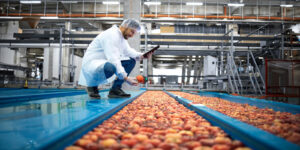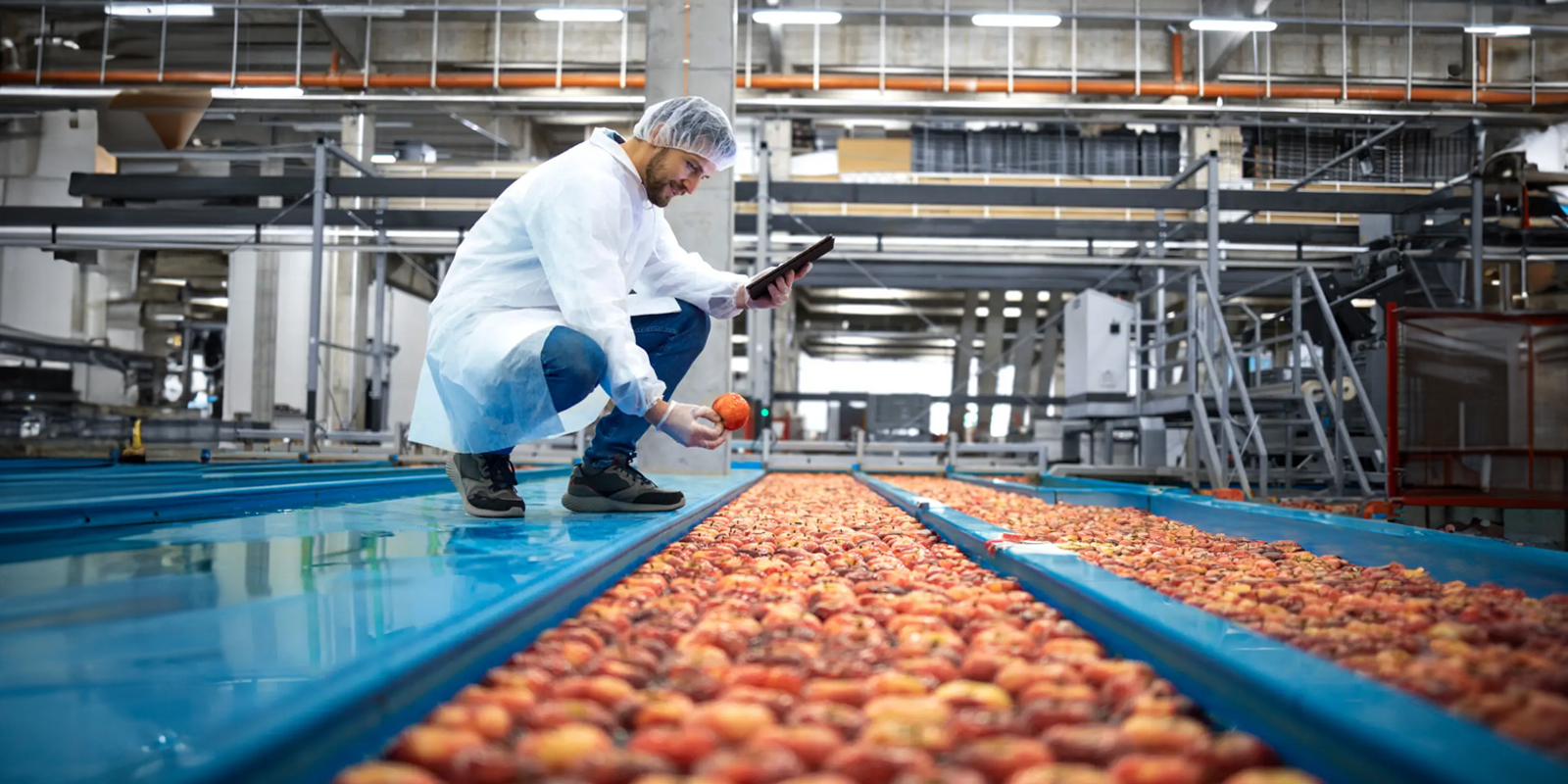Food colour is a dye, pigment, or other chemical that is synthesised, extracted, isolated, or otherwise generated from plants, animals, or other sources and then added to food to give it colour. Color has a huge impact on food and the decisions that customers make since colour, along with other factors like flavour and taste, plays a big role in how we perceive the food we eat.
Food colours are used in a variety of foods, including margarine, oils, cheese, fish and shellfish, spices, jams, ice cream, baked goods, sweets, confectionery, snacks, (dairy) drinks, and processed food products, among others. Natural and synthetic food colours can be distinguished. Natural colours are simply any dye or pigment derived from a plant, animal, or even mineral that can be used in food. Chemical processes produce synthetic food colours, which are widely utilised in the food and medical industries. Natural components or additives are always preferred by customers over artificial ones. Artificial colourants, on the other hand, are more brilliant than natural colourants. Synthetic colours that have been tested and certified are also popular since they are less expensive, produce uniform hues, and are easy to blend.
Whether food is coloured naturally or artificially, it must match the required specifications as set down by law. The usage of food colours in India is governed by a set of guidelines. In the Food Safety and Standards (Food Products Standards and Food Additives) Requirements, 2011, the FSSAI regulations for food colouring are described under the category ‘3.2.2 -Food Colors.’ The FSSAI allows the use of the following colourants, whether they are naturally derived or man-made.



